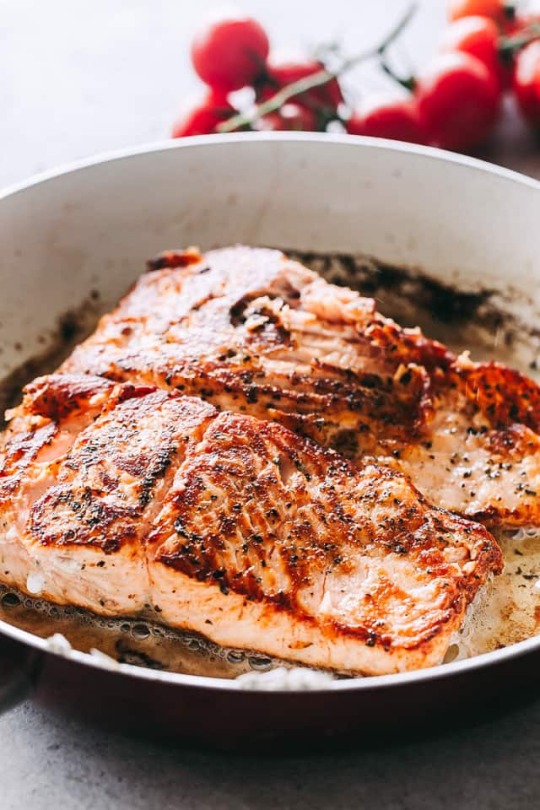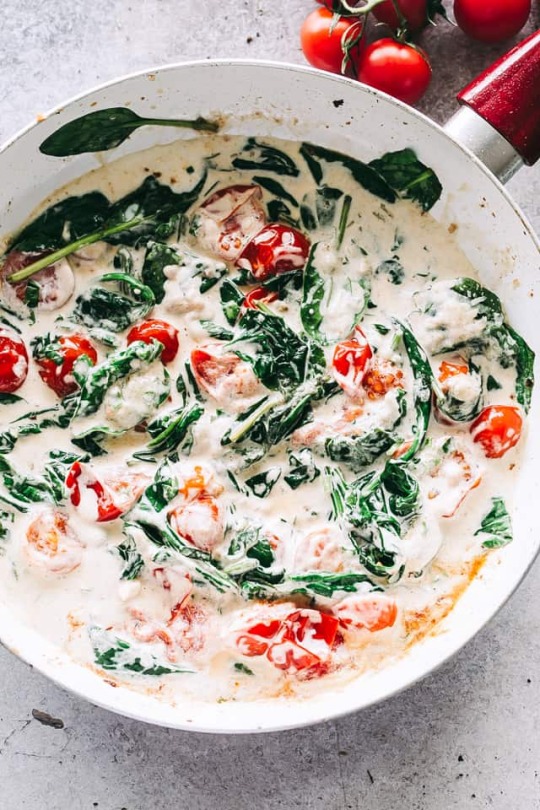Don't wanna be here? Send us removal request.
Text
Soups and Stews from Cerusee: a masterpost
(by request)
Brunswick Stew (American chicken stew with lima beans, corn, and tomatoes)
Chicken and Rice Soup
Avgolemono (Greek chicken and rice soup with eggs and lemon)
Cheesy Ham and Potato Soup
Cream of Avocado Soup
Pork Noodle Soup with Garlic and Ginger
Curried Lamb and Chickpea Soup
Chicken and Sausage Gumbo
Chicken Groundnut Stew (African chicken stew with peanut butter)
Fesenjen (Persian chicken and walnut stew with pomegranate molasses)
Lemony White Bean and Ground Turkey Stew
Scafata (Roman-style vegetable stew)
Pasta e Ceci (Pasta and chickpea soup with rosemary and tomatoes)
Graziella's Beef and Green Bean Stew
My tumblr braggadocio a couple of weeks ago re: my top-notch soup game netted me a couple of requests for suggestions/recipes, and when I sent a long list of possibilities to a pal, they asked for the ones linked above. I thought I’d just put them all on tumblr in case anyone else is interested. I’m going to do these each as standalone posts and link them back here, for ease of navigability, and because I’m going to comment on them a lot probably lol.
But first: eleven hundred words on chicken broth:
Chicken broth/stock is one of the staple elements of my home cooking. I use a LOT of it, and in almost any recipe that has the flexibility to give the cook her choice of meat stocks, vegetable stock, or water, I’ll use chicken stock. You do not need to do this. Follow your heart! And your dietary and needs and/or preferences! That said, I can’t swear by the results if you use vegetable stock or water (or beef or another meat stock, I guess, if you’re not vegetarian but you’re specifically avoiding chicken) in any recipe here that calls for chicken broth, as it may change the flavor profile.
I use two kinds of chicken stock pretty exclusively, for a combination of flavor, convenience, and cost:
Better Than Bouillon (Roasted Chicken Flavor), which is a concentrated chicken stock base pretty widely sold in most American supermarkets that I’ve visited (it’s usually in the soup aisle). It’s a sort of a thick paste that’s meant to be diluted with 1 teaspoon of the base to 1 cup of water (ideally hot or boiling water, so it dissolves faster). There are other iterations of the paste-style soup bases besides this brand (I know Penzey’s sells one, and I think I’ve seen some other supermarket brands as well, although I stick with this one because it is a known quantity and I love it). Please note that the paste-style stock bases are pretty salty. I love salty foods, so this is fine with me, but it’s something to be mindful of when you’re seasoning a soup that’s based on this…maybe hold off on adding salt until closer to the end of cooking, and taste as you go. It is very, VERY easy to end up with an accidentally over-salted soup, and it’s difficult to course-correct once you do.
Homemade chicken and/or turkey stock. This is a habit/technique I inherited from my father, who started doing this in ye olde days before much nicer stock bases were a thing you could buy in a supermarket. It involves taking all your leftover chicken or turkey scraps/carcasses (some of which might have been stashed in the freezer for a while as they amounted), and simmering them in water for up to a few days, until the bones fall apart at the poke of a wooden spoon, then vigorously boiling it down to an extremely rich, thick stock (probably something closer to a glacé than stock, if I’m being honest), straining it, and storing in the fridge in jars. This was partly thrift, partly because holy shit this stuff is delicious and just a has a real intensity and depth and sort of umami flavor it’s hard to get anywhere else.
As a single adult, I never cook entire turkeys for myself, so I tend to hoard my chicken scraps, and then go buy a couple of pounds of the cheapest turkey cuts I can get (turkey necks are GREAT for this, although I’ll get turkey drumsticks if that’s all they have, or even just chicken backs—I’m aiming for as cheap as possible, because this not about the meat) and fill up a stock pot with all of that, and then as much water as I can get into the pot. A stockpot full of turkey necks will give you an incredibly rich stock within an hour; the longer you cook it, the more intense it will be, and the more you might want to dilute the end product of this with water.
(These days I depart from my dad in the whole process of this: I try to use a lot of the first flush of chicken stock after getting the pot going to make specific recipes that need a lot of broth in them, and top the stock pot up with water as I go along (handy tip: ladle broth directly from the pot into a measuring cup through a fine mesh sieve spoon, if you have one; this means you don't get any solids in there). And then, eventually, when all the meat/bones/cartilage have given up their virtue and the liquid in the pot is starting to look milky white and even a little viscous from all the collagen in the poultry bones, I fish out and toss the solids, filter the stock carefully to remove any remaining residue, and, if necessary, boil it all down a little more until I can fit it into some specially designated ice cube trays I use just for this, and then I freeze it.)
Once again, you do not need to do any of this! You can just use other stock, etc. I personally love how much depth this iteration of chicken stock adds to things I cook with it, and I think it’s well-worth it alongside of just being kind of fun (although it will make your entire house smell like chicken for a week), but you don’t need to do this. If you do do this, please note that this stuff will be a lot less salty than any commercial chicken stock, so you may want to adjust the salt to taste on anything you cook with this.
You can also just do a way, way faster and less intense and more traditional version of homemade chicken stock, which is taking a chicken carcass or other substantial poultry leavings, and simmering that for 20-60 minutes, with or without some vegetables (typically onions, carrots, celery) roughly chopped and cooked with, and everything then drained and strained (and not reduced). Personally, I never saw the point, because it takes a lot of resources and effort for minimal output and it will take up so much of your freezer if you’re not using most of it right away, but lots of people do it this way, and it’s definitely better than buying canned stock (blech, see below).
Other stock/broth possibilities you can use but I won’t:
Old style bouillon cubes! You typically use one cube per cup of boiling water (it super duper does need to be boiling water; these things are shelf stable and will not dissolve in anything less, plus vigorous whisking). I sort of grew up on these in the 1980s and 90s in America, particularly on camping trips, where they were ideal, specifically because they’re shelf-stable. They taste like preservatives with a chicken aftertaste, and sometimes the foil wrapping sticks to the damn things and you have to scrape it off with a fingernail/knife. They’re also kind of annoying because it’s hard to use less than one whole cube at a time. They exist, they will give you a chicken broth, but jesus christ no wonder my dad took to boiling turkey carcasses as a non-camping alternative form of stock.
Canned or boxed chicken broth: if you like this, you like this, but this tastes even worse to me than bouillon cubes. It’s so thin and acidic and chemical and it’s just yuck. It’s also so expensive! You’re mostly paying for water in a can/box! But if you do in fact like this kind of chicken stock, and almost more importantly, already normally keep it around, I am not going to try to talk you out of using this. You should make the food you want to eat. Sometimes the food we want to eat tastes vaguely of the preservative techniques of our childhood. (See: my iteration of Brunswick Stew.) Please adjust for seasoning, though. This stuff is simultaneously very salty but also very bland.
@yutaan - sorry this took me so long! I decided to make a PROJECT out of it. I hope some of these are winners.
157 notes
·
View notes
Photo

Five Spice Honey Soy Glazed Salmon
A quick marinade in honey, soy sauce, five spice powder and garlic give this easy glazed salmon recipe so much flavor!
Get the Recipe —> Five Spice Honey Soy Glazed Salmon
#salmonrecipes #glazedsalmon #broiledsalmon #fivespicepowder #honey #soysauce #easydinner
837 notes
·
View notes
Photo

GOOEY BUTTER CAKE RECIPE
Follow for recipes
Is this how you roll?
2K notes
·
View notes
Photo

17 IRON-RICH VEGETARIAN MEALS (+ HOW MUCH IRON DO WE ACTUALLY NEED?)
Follow for recipes
Is this how you roll?
2K notes
·
View notes
Photo





Blow Ya Mind Cheddar Broccoli Chicken Pot Pie
Follow for recipes
Is this how you roll?
4K notes
·
View notes






































